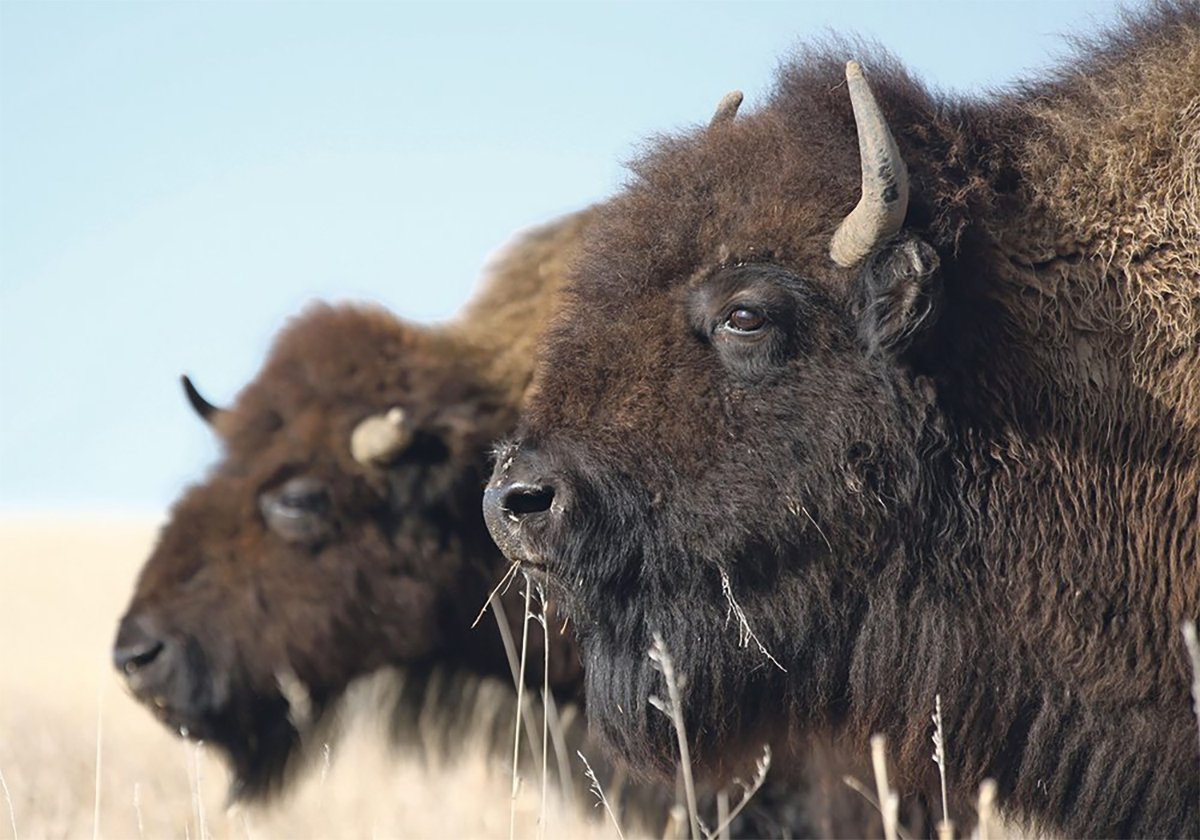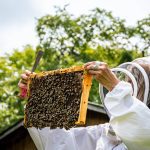Canadian hog plants are doing “yeoman’s work” in keeping their operations running, says a Canadian market analyst, but productivity is down and there are worries that might cause a glut of market-ready pigs with no place to go.
Kevin Grier of Kevin Grier Market Analysis and Consulting said a five to 10 percent decrease in hog slaughter is possible in the second quarter of this year. Processing plants are contending with worker illnesses from COVID-19 and the need to put various health safeguards in place to protect the labour force. Slower processing speeds are the result.
Read Also

The Western Producer Livestock Report – August 21, 2025
Western Producer Livestock Report for August 21, 2025. See U.S. & Canadian hog prices, Canadian bison & lamb market data and sales insights.
“This is an indication of a problem again because we’ve got large numbers of pigs that have to move and we’ve got large numbers of pigs that aren’t going to be moving,” Grier told an April 15 online news conference.
Pork cut-out prices were weak in March and continued to decline in April when curtailment of Easter celebrations due to COVID-19 stalled ham sales. Market for pork bellies also suffered because of low demand from restaurants closed due to the pandemic.
Relative to other meats, pork has not held its value, said Grier. It is cheap relative to both beef and chicken. On the fresh pork side, only loins and ribs have managed to hold value.
“Retailers have been concerned about availability. I think it’s a legitimate concern for people through the chain with regard to Canadian product because of the slowdowns, and again it’s to be emphasized that the industry is doing yeoman work in doing what they are doing.
“They are getting product through, moving well, but again, because of these safeguards, it’s simply not what would be the case in normal times,” said Grier.
In the U.S., agricultural economist Rob Murphy said he has “very low confidence” in full packing capacity on the American side of the border. Several pork processing plants have announced temporary closures related to COVID-19, including a major Smithfield plant in South Dakota.
“My confidence is not good on the packing capacity at this point. It will get worse before it gets better,” said Murphy.
Further plant closures could wreak havoc on the U.S. hog industry.
“If that happens, it’s a real problem for the hog market. Remember, the futures price is for live hogs and if we lose a lot more packing capacity, the hogs are going to back up quickly. Hogs are not like cattle. You can’t delay their marketing like you can with cattle. They have a very narrow window in which they need to be marketed.”
At worst, it could result in euthanizing animals if they can’t be processed, though that had not occurred as of last week.
American hog producers ramped up production in recent years in anticipation of larger export sales to meet growing meat demand in developing countries. When African swine fever decimated China’s hog herd, the industry anticipated more sales to China and other affected Asian countries.
In terms of markets, “the ASF bull story, if you will, seems to be dead, and now it’s all about the COVID-19 bear story, and hog futures have just taken a real pummelling as a result,” Murphy said.
“Just like with cattle, a lot of this has to do with the risk that we could lose the packing plants.”
Loss of confidence was evident in a March USDA hog report that showed minimal expansion in the U.S. breeding herd after many quarters showing growth.
“This tells me that producers have kind of given up on the ASF bullish story and that we are not going to see the kind of price levels that producers had thought we would because of ASF in China and big exports to help fill that gap,” Murphy said.
Adding to export disappointment is congestion at U.S. and most international ports, limiting ability to ship product.















